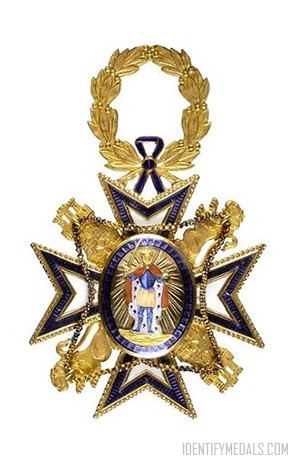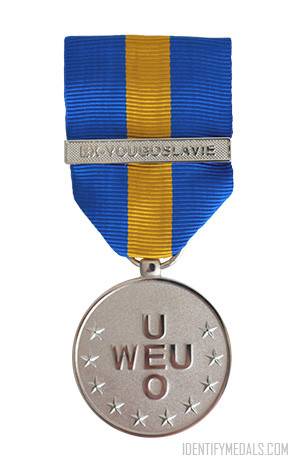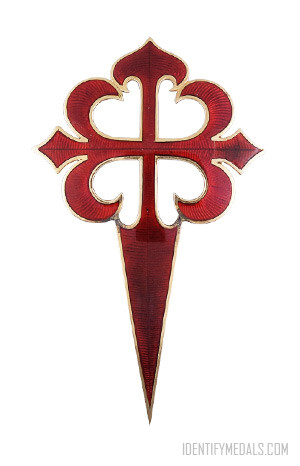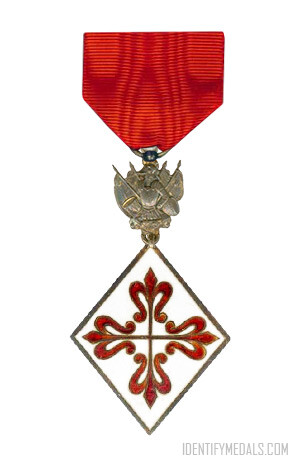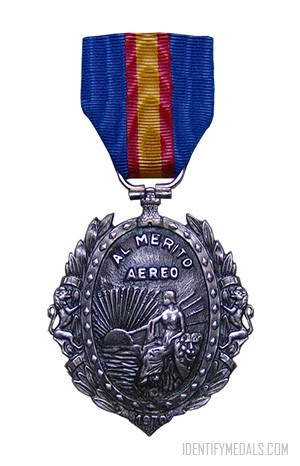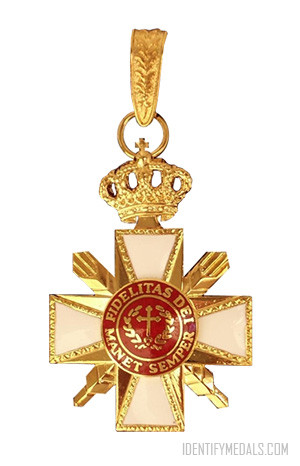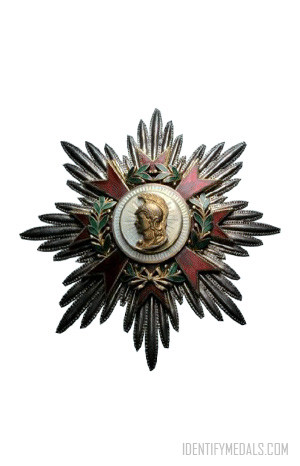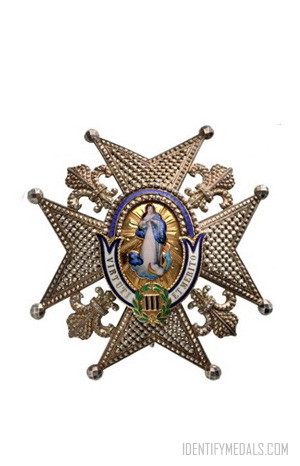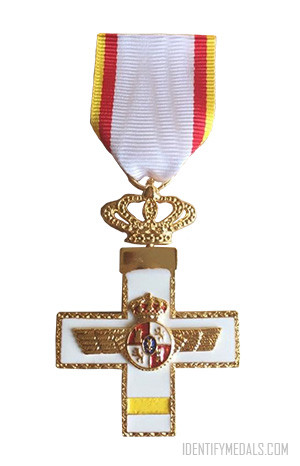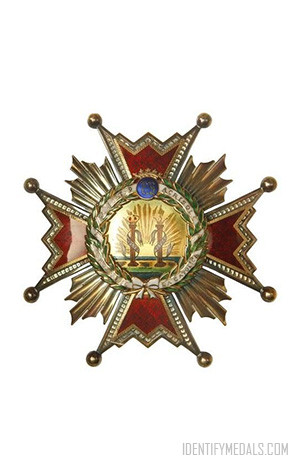- Time Period: Pre World War I
- Institution: 1792
- Country: Spain
The Royal Order of Noble Ladies of Queen Maria Luisa is an Order created by King Charles IV of Spain by royal decree in April 21, 1792, at the request of his wife, Queen Maria Luisa, to reward noble women who distinguished themselves for their services and talents.
The Order was defined as a strictly female reward system, ruled by the Queen and composed of thirty bands reserved for the Spanish high nobility. In 1796 the King raised the Order to a nobiliary dignity, granting their holders and their spouses the protocolar treatment of excellence.
A decree was signed on September 18, 1809, dissolving all military orders, including the female one of Maria Luisa, excepting only the order of the Golden Fleece, but this measure was reversed after Bonaparte’s expulsion from Spain and the Bourbon restoration. In a Royal Decree of October 28, 1851, a payment of 3,000 reais was required of members of the Order, to be paid within three months; non-payers would cease to be members.
A Republican decree of July 24, 1931, without expressly referring to this Order, abolished in fact as an official institution. But both King Alfonso XIII, until January 1941, and his son Juan de Borbón, Count of Barcelona, gave some bands of this Order to some princesses of his family; the latest to his daughters, Infantas Infanta Pilar, Duchess of Badajoz and Infanta Margarita, Duchess of Soria, to commemorate their eighteenth birthday.
Currently, and according to the statutes, there is a single category of Noble Lady, limited to 30 members except on the express will of the monarch.
The Royal Order of Noble Ladies of Queen Maria Luisa Design
Women rewarded by this distinction normally receive it in a formal investiture ceremony described in the statute, in the private rooms of the Queen at the Royal Palace, except in cases of serious illness or disability.
Many women from many countries have received this distinction, one of the major honors that the Spanish monarchy can award to women in recognition of their “services, actions and qualities.”

